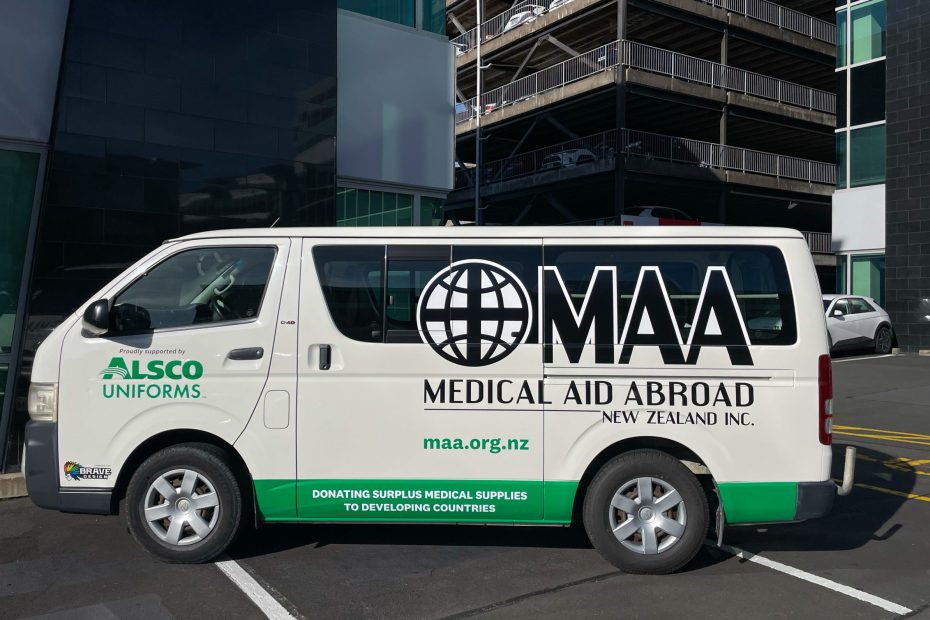Earthquakes come in suddenly and without a warning. That is why you need to make sure that you are prepared for an earthquake in the workplace.
To be prepared for the earthquake, you need to do the following:
- Educate employees about the actions that need to be taken during earthquakes.
- Provide an earthquake emergency kit for your workplace and business vehicles.
- Make sure you have a business contingency plan.
In February 2011, there was a massive earthquake in Christchurch, New Zealand. The epicentre was only 10 km away from the business district. The consequences of this earthquake were devastating and over 180 people died that day.
Earthquakes are not uncommon occurrences in New Zealand and that is why New Zealand workplaces need to be prepared in order to avoid the tragic outcomes that happened in Christchurch. When an earthquake of such magnitude happens, somebody will get hurt.
To sanitise those injuries, make sure everybody is comfortable until the rescue team arrives and ensure there are enough supplies to keep everybody safe, you need an earthquake survival kit for NZ workplaces.
Alsco New Zealand offers such an emergency earthquake kit as a part of our rental program.
What Happens Before an Earthquake?
We already said that the only thing you can do to prevent an earthquake disaster is to get prepared. There are several things that any business owner in New Zealand can do to be ready:
- Find out whether your workplace building is structurally strong enough to sustain earthquakes.
- Do your best to secure all non-structural elements of your workplace building, to make it safer (windows, doors and similar objects).
- Educate your employees about the right things to do during earthquakes.
- Offer an earthquake preparedness kit for every workplace.
- Inspire your employees to keep their own personal emergency kit for earthquakes.
The New Zealand law requires for every workplace to have an Emergency Plan. It is a health and safety requirement. This plan covers different natural disasters and earthquake is definitely one of them.
You should have an emergency earthquake plan that covers the entire company and your employees should have their own personal emergency plans.
Workplace plan should be in place to secure people working in your company. The next priority is to secure your company’s property and assets. However, the list doesn’t stop there.
It is also important to have a forecast about how to resume your services and how they can help the industry in general, the civil services and then how to maintain your business. In other words, your business continuity plan should be in place when the earthquake stops.
Your workplace emergency plan should include some sort of leadership chain. In the situation of emergency, people need to know whom to seek and listen to for further instructions. Select those among your staff who have proper training and experience in such situations.
All employees should have proper training about what to do in case of emergency situations due to an earthquake. This doesn’t have to be a long and detailed procedure, but it should fit your workplace environment.
It should cover things like where to store heavy boxes or to avoid using the elevators and stairs. They should know where the nearest earthquake preparedness kit is and what is inside it.
This plan should also contain some of the general rules of conduct in case of an earthquake. Your employees should be reminded not to run outside, where to get cover and how to react. The training should be repeated every six months.
Where Is the Safest Place to Take Shelter During an Earthquake?
Contrary to what may seem logical to you, the best place you can be is the place you find yourself during an earthquake. This is another way of saying that you should not try and rush outside or anywhere else once the earthquake starts.
Once an earthquake starts, you only have a couple of seconds to react. The safest places within your workplace should be identified in your emergency plan. Advise your employees to reach them if they are the nearest possible.
The worst thing that you can do is to try to run outside. That is what causes the most injuries during earthquakes. That is why you should instruct your employees to drop down on their knees, curl up in a “turtle” position and cover their neck with a book, bag or hands.
There is a common misconception that inside of doors is the safest place to be. On the contrary – that is where the walls are the weakest, so they can come down on those who attempt to hide in that spot. Usually, the best place to hide is under a desk.
The entire Drop, Cover and Hold routine is recommended to people and businesses of New Zealand by the Civil Defence. Earthquakes will last a couple of minutes, but
What Should You Have in an Earthquake Kit?
Every earthquake survival kit for NZ workplaces should contain:
- First aid supplies
- Basic tools
- Protective gear
- Food and water
- Communication devices such as phones and radios
If your business has vehicles, there should be a smaller version of an earthquake kit in each of them, as well.
This earthquake kit list seems quite logical and all these supplies are something that you would expect in an emergency kit. The only one that can be a bit confusing is the basic tools.
Your workplace earthquake emergency kit should include pliers or wrenches because you may need to use them to prevent further disasters and dangers.
For example, you may need to shut down water valves, so the water doesn’t cover the floors in case a pipe has burst. This can present an even bigger hazard if there are torn electric wires. If they come in contact with water, there is a potential danger of electrical shock.
Putting together an emergency earthquake kit is not overly difficult, but it takes some time. Moreover, it is necessary to check it regularly and make sure nothing expired and everything works well. This is easy to forget, especially when you have a business to run.
You can leave that worry to us. Alsco New Zealand offers emergency kits that can be rented and paid through flat monthly fees. They have all you may need, labeled, packed in order and stuffed into a sturdy and resilient cabinet.
Moreover, we check, stock and restock these kits regularly – all included in your fee. Call Alsco New Zealand right now and learn all about this amazing offer.
Photo courtesy of Creative Commons





